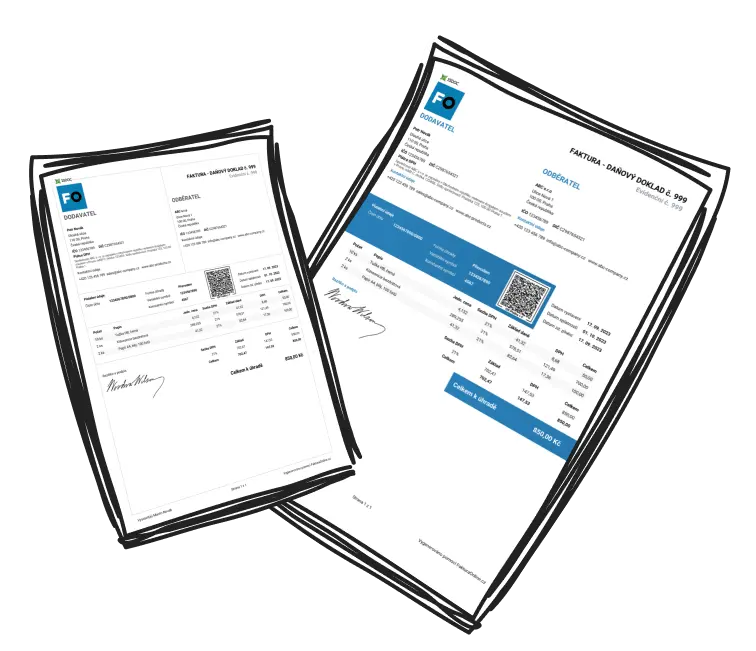A carefully selected array of office essentials is crucial for creating a productive workspace and minimizing stress in environments. These essential office items enhance efficiency and comfort in any business setting. Here are the key elements every office should consider:
Ergonomic Furniture: Invest in adjustable chairs, desks, and standing desk options to provide comfort and reduce strain.
Adequate Lighting: Use a mix of natural and task lighting to lessen eye strain and improve focus.
High-Quality Technology: Equip the office with reliable computers, monitors, printers, and video conferencing tools.
Quiet Areas: Create soundproofed spaces or designate quiet zones to help employees concentrate.
Organizational Tools: Include filing cabinets, desk organizers, and other storage solutions to reduce clutter.
Breakout Areas: Add relaxing spaces with amenities like couches and tables where employees can recharge.

Tip
Potted plants and air purifiers can enhance air quality and add a pleasing aesthetic to the office environment.
Why Are Office Essentials Important for Productivity?
The right office essentials are fundamental in building a well-functioning, productive workspace that reduces inefficiencies and enhances employee well-being. For instance, ergonomic furniture ensures physical comfort, lowering the chances of injury and absenteeism. Reliable technology minimizes risks of technical disruptions, which boosts workflow speed. Moreover, an organized and clutter-free space reduces stress while improving focus. Employees equipped with the right resources feel empowered, appreciated, and better motivated, creating a ripple effect of improved morale and productivity.
Without these essentials, workplace distractions and inefficiencies multiply, leading to frustration, stress, and decreased output.
How Can Businesses Decide on the Most Important Office Essentials?
Here’s a step-by-step guide to assist businesses in identifying and implementing essential office items effectively to support a productive work environment:
Conduct Employee Feedback Surveys: Gather input from employees to understand their struggles and preferences.
Address Workflow Bottlenecks: Analyze inefficiencies and determine which tools could resolve recurring problems.
Consider Scalability: Invest in items that can grow alongside your business needs, ensuring long-term value.
Balance Quality and Budget: Set priorities based on your budget, focusing on items with the highest ROI.
Test and Improve: Regularly review feedback and fine-tune office essentials to ensure they’re meeting employee needs.
Examples of Office Essentials for a Successful Workspace
Implementing these practical items can turn an ordinary office into a thriving work environment:
Adjustable Standing Desks
These improve posture and allow employees to alternate between sitting and standing, boosting comfort and energy.Meeting Room Technology
Equip collaboration spaces with projectors, whiteboards, or effective video conferencing setups to streamline teamwork.Workplace Amenities
Simple additions like coffee machines, microwaves, and healthy snacks in the breakroom enhance employee satisfaction.Plants and Artwork
Adding greenery and visual elements creates a more inviting atmosphere while improving air quality.Task Management Software
Tools like Asana or Trello improve task organization and team communication, ensuring efficient workflows.

Example
For noise-heavy environments, consider noise-canceling headphones to help employees focus and block distractions.
How Do Office Essentials Impact Employee Productivity and Efficiency?
The presence of essential office tools and resources empowers employees to work smarter, fostering productivity within a comfortable and organized environment. Ergonomic setups reduce physical fatigue, enabling longer focus periods without discomfort. High-performing technology minimizes delays and interruptions, while collaborative tools enhance teamwork and idea-sharing. A pleasant workplace with amenities like a stocked breakroom and plants boosts morale and reduces stress. When employees feel supported with all they need to succeed, their engagement increases, resulting in higher creativity, efficiency, and overall job performance.
Studies show ergonomic workstations can improve productivity by up to 25%, highlighting the importance of investing in essentials.


